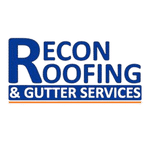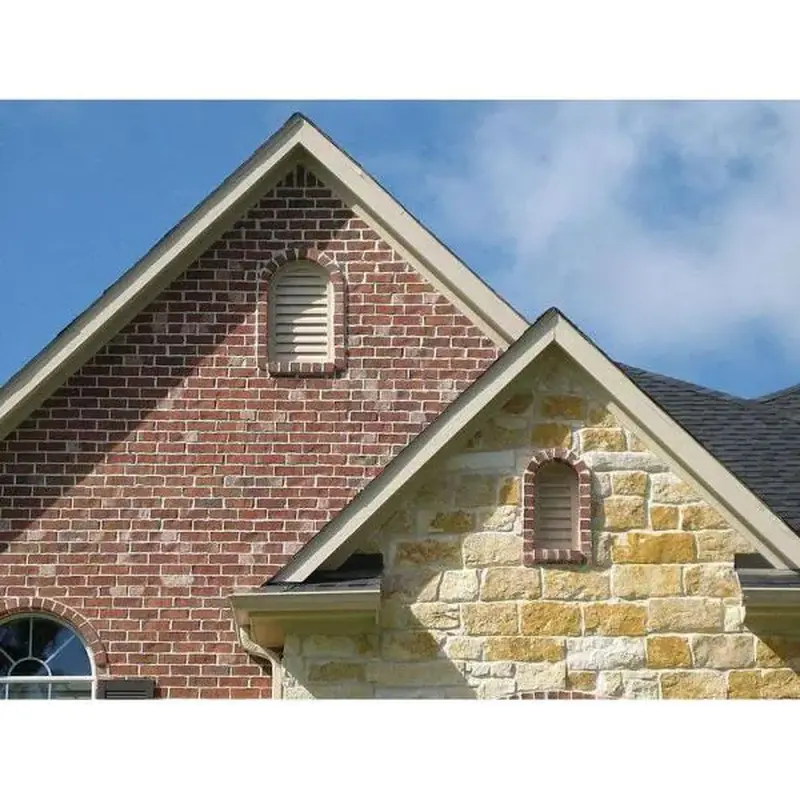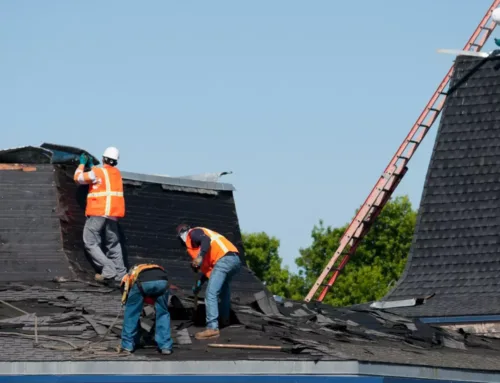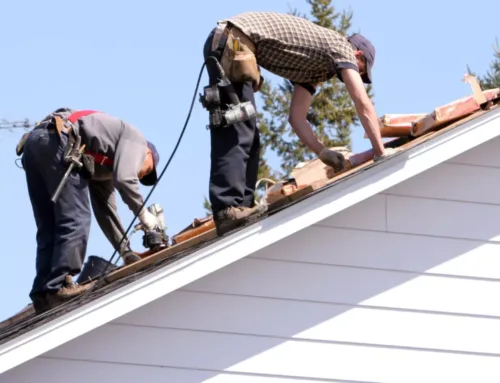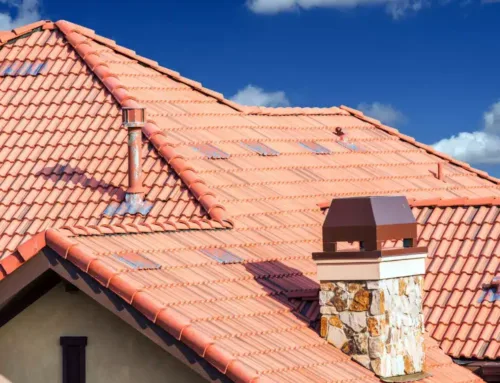When it comes to the health of your roof, proper attic ventilation plays a significant role. Many homeowners are unaware of the critical relationship between attic ventilation and the longevity of their roofs. In this blog, we’ll explore why attic ventilation is essential for your roof’s health and overall home comfort.
Temperature Regulation
One of the primary functions of attic ventilation is temperature regulation. During hot summer months, attics can become extremely hot, reaching temperatures well above those outside. Without proper ventilation, this trapped heat can lead to several problems:
Premature Roof Aging: Excess heat can cause shingles to deteriorate more quickly, reducing their lifespan.
Increased Energy Costs: A superheated attic can radiate heat into your living spaces, making your home less comfortable and causing your cooling system to work harder, increasing energy bills.
Moisture Control
Attic ventilation also helps control moisture levels within your attic. Moisture can enter the attic through various means, such as condensation, leaks, or humidity from everyday activities within your home. Without ventilation to expel this moisture, it can lead to several issues:
Mold and Mildew Growth: Excess moisture provides an ideal environment for mold and mildew to thrive. This can not only damage your roof structure but also pose health risks to your family.
Wood Rot: Moisture can cause wooden components in your attic, such as rafters and sheathing, to rot over time, compromising the structural integrity of your roof.
Ice Dams: In cold climates, poor attic ventilation can contribute to ice dams on your roof, which can lead to water intrusion and damage to your home’s interior.
Prevention of Ice Dams
Ice dams occur when snow on the roof melts, and then refreezes at the eaves due to temperature differences on the roof’s surface. Proper attic ventilation helps maintain a consistent roof temperature, reducing the likelihood of ice dams forming.
Energy Efficiency
A well-ventilated attic helps maintain a consistent temperature in your home’s living spaces. This means your heating and cooling systems can operate more efficiently, reducing energy consumption and lowering utility bills.
Prolonged Roof Lifespan
By addressing temperature extremes and moisture control, attic ventilation significantly contributes to the longevity of your roof. Shingles and roofing materials will age more slowly and have a better chance of reaching their expected lifespan when your attic is properly ventilated.
Types of Attic Ventilation
There are two main types of attic ventilation:
Ridge Vents: Installed along the peak of the roof, ridge vents allow warm, moist air to escape from the attic. They work in conjunction with soffit vents, which allow cooler air to enter the attic from the eaves.
Roof Vents: Roof vents, such as static vents or turbine vents, are installed directly on the roof surface. They create an opening for hot air to escape and are often used in homes with limited soffit venting.
Proper attic ventilation is not just a luxury; it’s a critical component of maintaining a healthy roof and a comfortable home. Regularly inspect your attic for signs of poor ventilation, and if you suspect issues, consult with a roofing professional to ensure your attic ventilation system is up to the task of preserving your roof’s health and extending its lifespan.
Ensure the longevity of your roof. Contact Recon Roofing today to learn how proper attic ventilation contributes to roof health.
